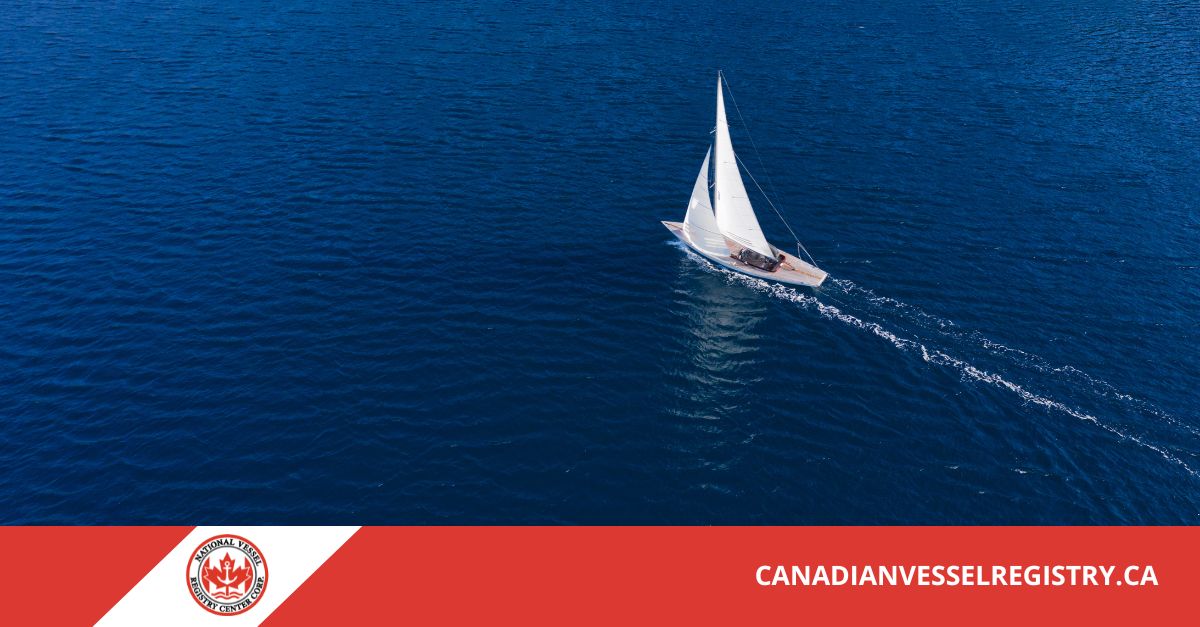As the long days of summer begin to shorten and cooler air starts to hint at the coming change in seasons, this is a great time to enjoy the water. Whether it’s weekend fishing trips, family excursions, or peaceful solo cruises, boating can be relaxing and fulfilling. However, staying safe on a Canadian boat requires a commitment to preparation, responsibility, and awareness—especially as the season transitions from summer into autumn.
At the National Vessel Registry Center Corp., we work to ensure boat owners in Canada can easily access the official forms and documentation they need from Transport Canada. Beyond our administrative tools, we also provide helpful guidance so boaters can make the most of their time on the water while staying safe.
These are some of our tips to help you navigate the unique safety considerations of late summer and early fall boating in Canada.
Canada’s Autumnal Seasonal Shift in Boating Conditions
Late summer and early fall bring rapidly changing conditions that can catch even seasoned boaters off guard. Water temperatures begin to drop, weather patterns shift more quickly, and reduced daylight can affect your travel timeline on the water. Being prepared for these changes is essential to safely enjoy the last stretch of the boating season.
Why Awareness of Water Temperature Matters
As outdoor temperatures stay warm into early fall, it can be easy to forget that water temperatures often drop more quickly than expected. A sudden fall into cold water can lead to cold shock, a physiological reaction that makes it harder to breathe and move, increasing the risk of drowning even for strong swimmers.
Wearing an approved personal flotation device (PFD) becomes even more important as temperatures decline. Cold water survival depends not just on how fast help arrives, but on how well-prepared you are to survive the initial shock.
What You Need to Know About Personal Flotation Devices
Every Canadian boat must carry one approved PFD or lifejacket for each person on board. Transport Canada requires that these devices be in good condition, of the proper size for each individual, and within easy reach—not stowed away in a compartment or tied down. This isn’t just the law – it’s common sense.
Choosing the Right PFD
- Inflatable PFDs are lightweight and comfortable, making them ideal for experienced boaters. However, they’re not recommended for weak swimmers or anyone under 16 years of age.
- Standard foam PFDs offer consistent buoyancy and require no activation. These are best for children, beginners, or cold-water use.
You should always inspect your PFDs before heading out, checking for damage, fraying, or missing straps. If you find issues, replace them immediately. Your PFD is only useful if it performs as expected in an emergency.
Essential Boat Safety Gear for Late Season Boating
Transport Canada outlines specific safety equipment requirements based on the size and type of your boat. However, beyond the minimum, there are certain items we strongly recommend including on your Canadian boat during late summer and early fall:
- Waterproof flashlight with extra batteries
- Sound-signaling device like a whistle or air horn
- Bailer or manual bilge pump
- Marine charts and compass in case of GPS failure
- Extra blankets or thermal protective gear
- A fully charged cell phone or VHF radio
Having this gear available—especially when the weather is more unpredictable—can make a major difference if something goes wrong on the water.
Common Boating Mistakes in Changing Weather Conditions
The later in the year it gets, the more vigilant you need to be about decision-making on the water. Summer’s long, forgiving days give way to the shorter windows and sharper weather of fall, which means it’s important not to take unnecessary risks.
What Not to Do When Boating in Late Season
- Don’t skip checking the weather. Autumn weather can change much faster than during peak summer. Make sure to consult multiple weather sources before leaving the dock.
- Don’t assume summer’s conditions will continue. Shorter daylight hours and lower water temperatures require more conservative planning.
- Don’t exceed your limits. Late-season boating calls for extra caution. If conditions seem uncertain, postpone your trip.
Safe boating isn’t just about reacting to problems—it’s about avoiding them through planning and smart decisions.
The Importance of a Float Plan
One of the most overlooked yet effective safety tools is the float plan. A float plan is a document left with a trusted contact that outlines your boating trip. Should something go wrong, this plan gives search and rescue teams vital information to find you quickly.
What to Include in a Float Plan
- Name and contact information for all passengers
- Boat make, model, description, and registration number
- Departure location and time
- Destination and estimated return time
- Emergency contact information
Once your float plan is complete, give it to someone who will notice if you don’t return on time. It’s a simple step that has saved countless lives.
Using Our Portal to Stay Legally and Practically Prepared
Alongside safety gear and precautions, proper documentation is an important part of boating responsibly. At the National Vessel Registry Center Corp., we offer Canadian boaters secure online access to the forms and services they need.
Late season boating is not the time to realize your paperwork isn’t up to date. By submitting forms through our portal, you avoid the hassle of traditional mailing and reduce the risk of delays in approval or processing.
Our system is designed to help you complete the correct form the first time. Each online application includes built-in instructions and guidance, and you can upload supporting documents directly from your phone or computer.
Stay Prepared for Any Canadian Boat Journey
While every season has its own charm on the water, late summer and early fall demand a different level of preparation. Staying informed about the weather, wearing the right safety gear, maintaining up-to-date documentation, and planning your trip with care are all essential to having a safe and enjoyable time aboard your Canadian boat.
Our portal is here to help you every step of the way. Whether you need to file paperwork, learn about the history of a boat, or simply ensure your documentation is current, you can trust our tools to make the process faster and easier.
For Canadians enjoying these final warm days on the water and heading into autumn boating adventures, safety begins with preparation. Let us help you get there.
